When clay is cradled in the palm of your hand, it evokes the primal essence of life itself. The act of transforming wet, earthy lumps of clay into vessels by potters is akin to a meditative ritual. As fingers connect with the texture of the clay, preoccupations with speed and efficiency fade away, leaving behind only the reverence for the material and the clarity that comes from shaping it.
I. Throwing: Finding Steadiness in Motion
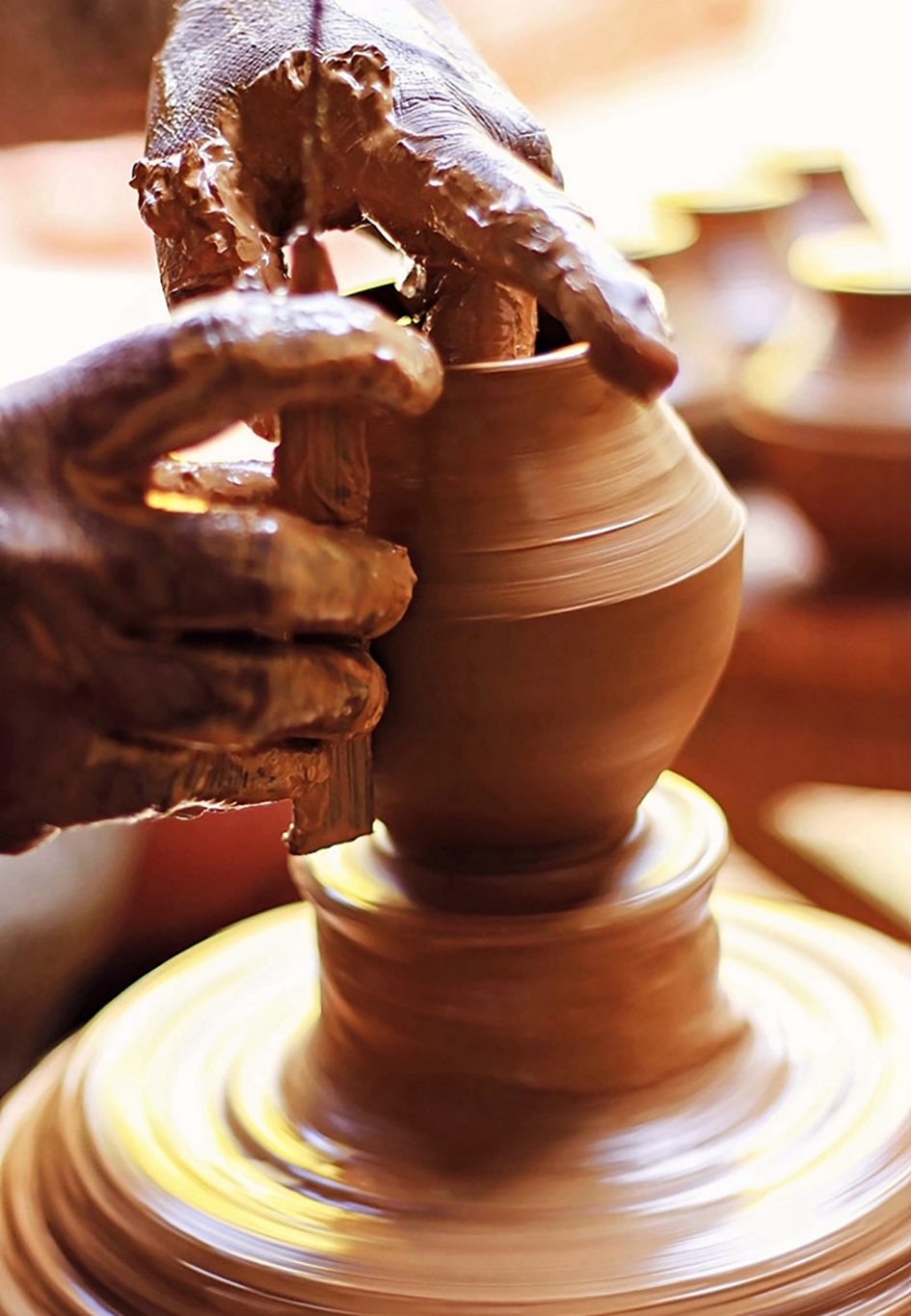
Throwing clay on a spinning wheel demands absolute focus. As the wheel rotates at a steady pace and hands hold the lump of clay, a delicate balance is struck between the warmth of the palms and the dampness of the clay. The slightest distraction can cause the clay to deform. This process embodies the ancient wisdom of balancing the vast with the minute. In a world that constantly demands perfection, throwing clay teaches us that true composure lies in the awareness of every tiny movement.

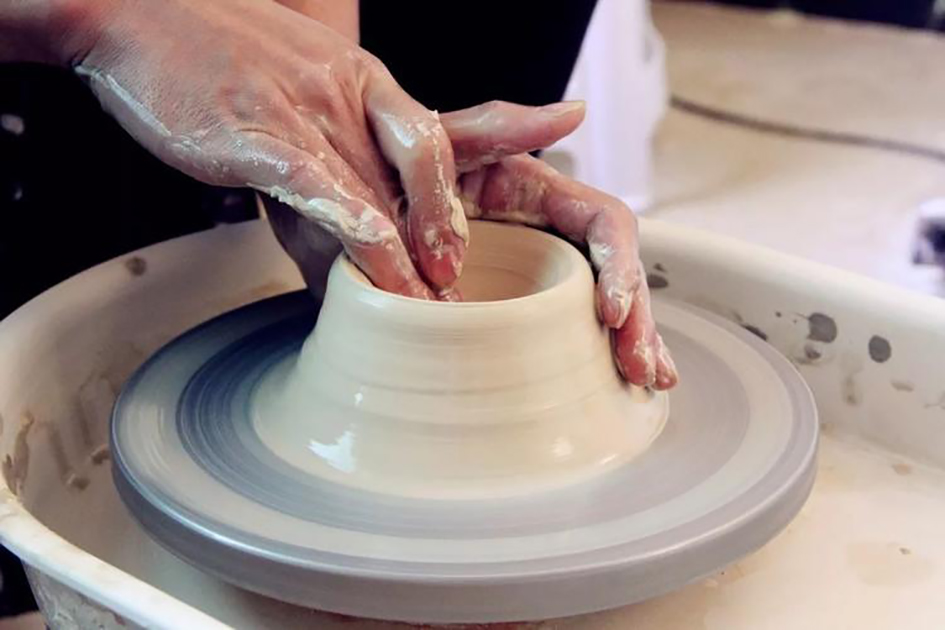
The unevenness of the clay bodies directly reflect the potter's inner state. Fingerprints left by impatience and wrinkles caused by hesitation silently reveal the creator's mindset. Potters often say, "The pot reflects the person," because every curve is a trace of thought. When we learn to keep our hands steady in rotation, we also learn to anchor our inner selves in a chaotic world, allowing restless thoughts to settle as the clay takes shape.
II. Kneading Model: Discovering Essence through Choices
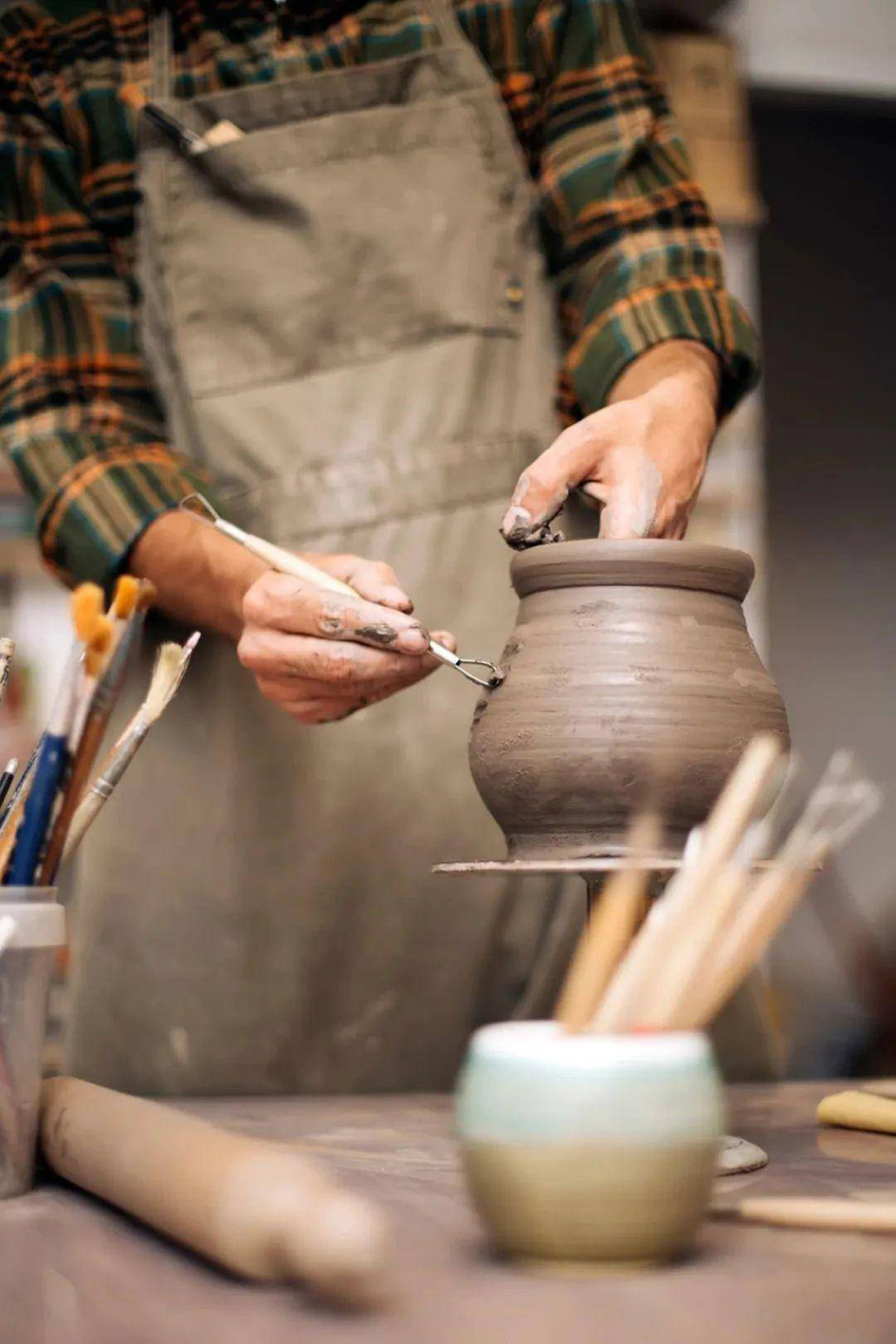
Kneading model is a delicate dance between creation and restraint. As fingers mold the clay into the shape of petals and trim away excess material, the ideal form begins to emerge. It's a reminder of the Zen principle that true creation often begins with letting go. The discarded scraps of clay symbolize the attachments we need to release in life. Only by daring to subtract can we clarify our core desires.
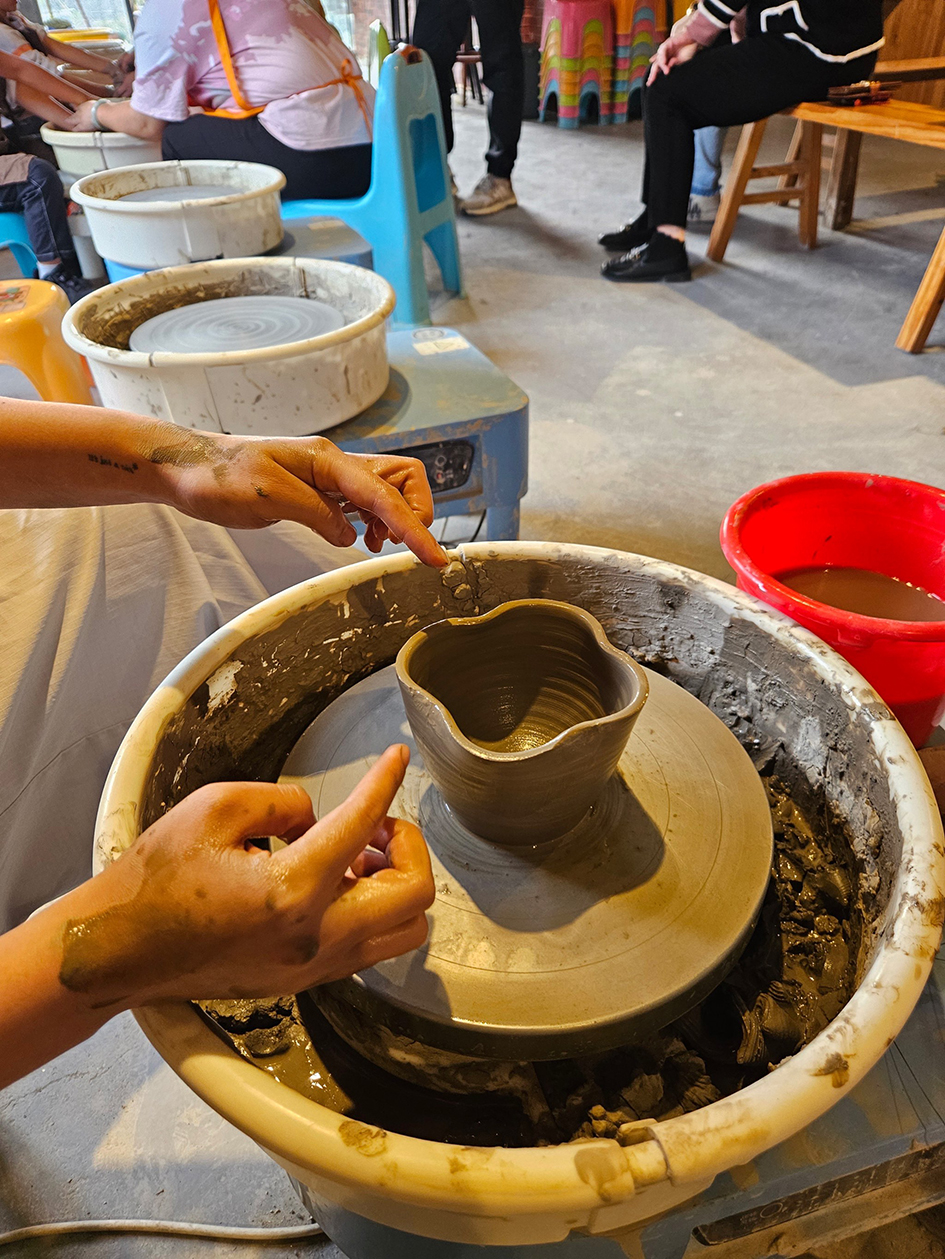

The plasticity of clay holds profound philosophical lessons. It can be shaped into any form, yet once fired, it becomes a unique, unchangeable entity. This mirrors the human journey of self-discovery. We navigate countless possibilities, refining our understanding of ourselves through repeated corrections. As fingers feel the resilience and stubbornness of the clay, we learn that true self-expression is not about unrestrained action, but about finding a delicate balance between the material's characteristics and our inner aspirations.
III. Firing: Embracing Uncertainty and Time
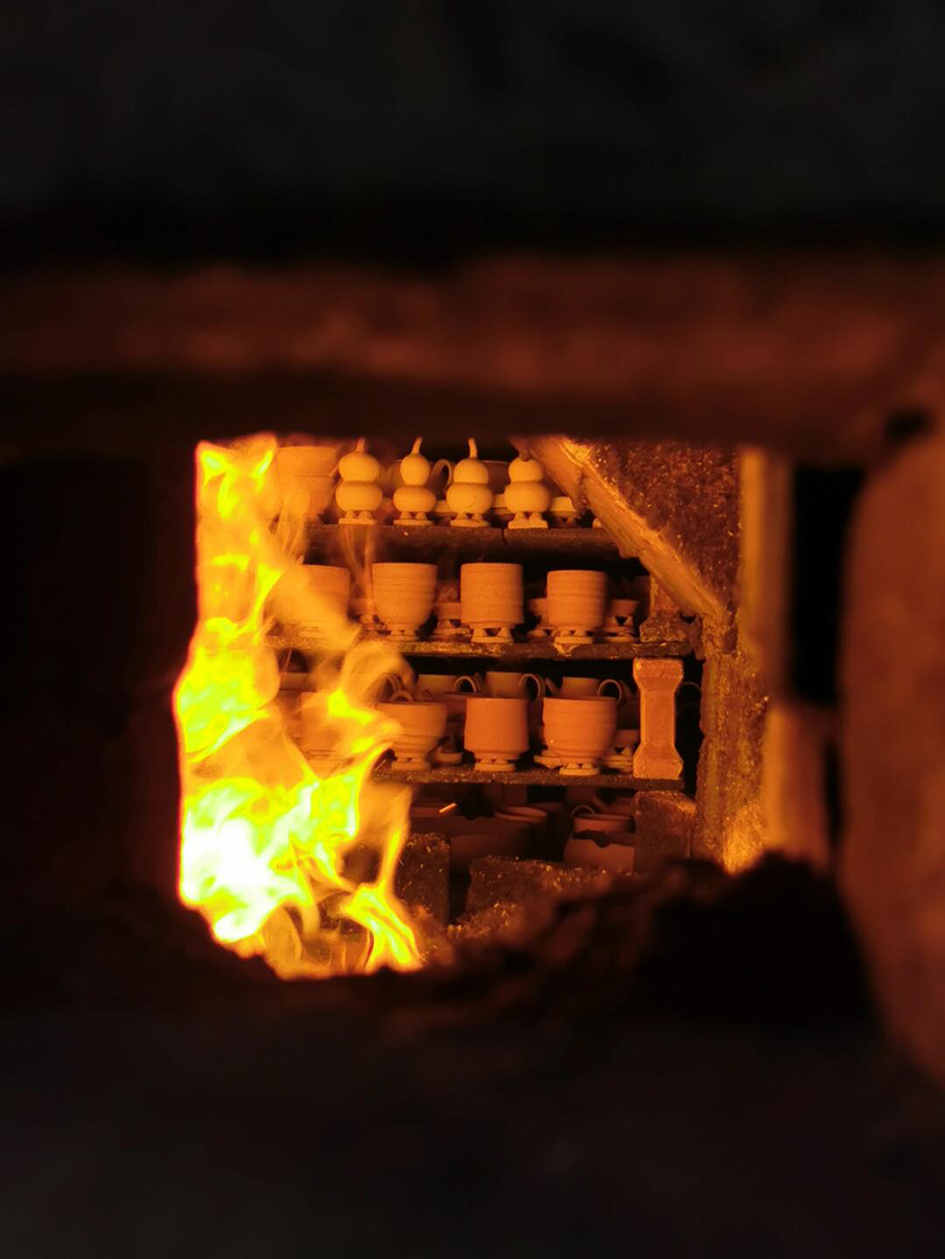
The firing process is perhaps the most enlightening part of pottery. When the clay body is placed into the kiln, all efforts are handed over to the unpredictable forces of temperature and time. The waiting period is filled with uncertainty. The glaze may flow and change in the high heat, and the body may crack due to uneven heating. These uncontrollable factors challenge our desire for certainty. Potters often say, "Fire has a temper," a reminder that some things in life need to be left to time to unfold.
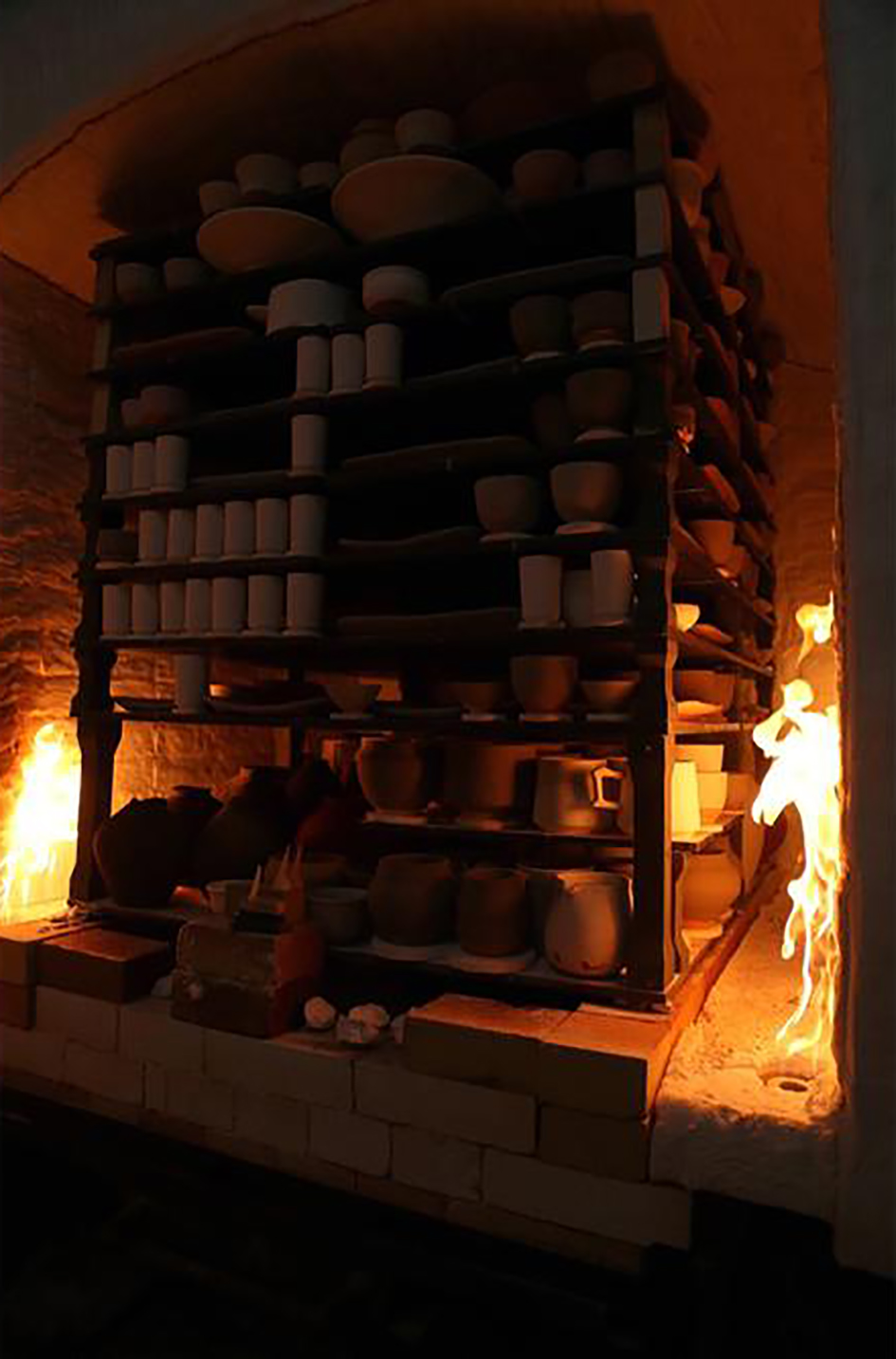
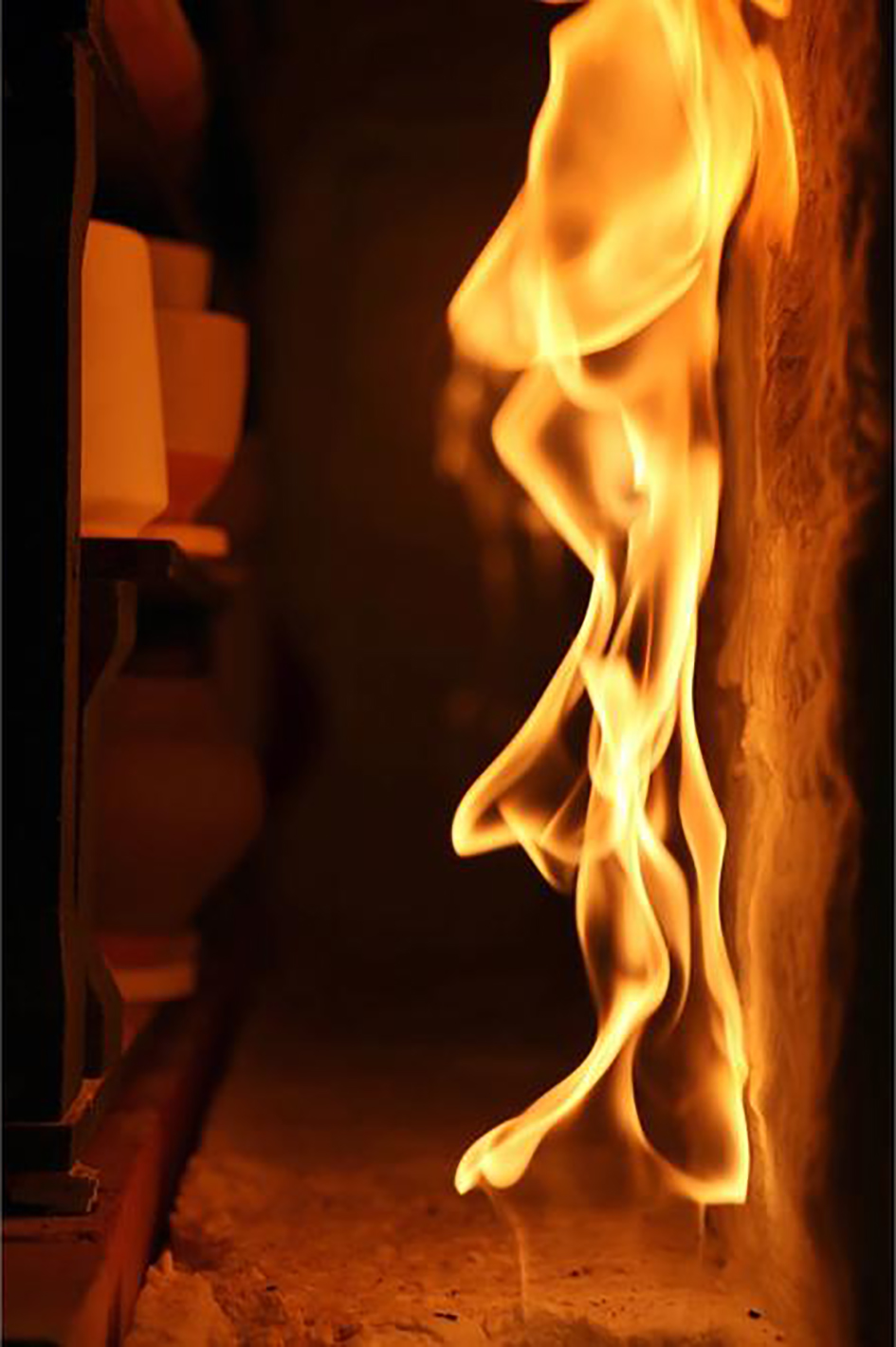
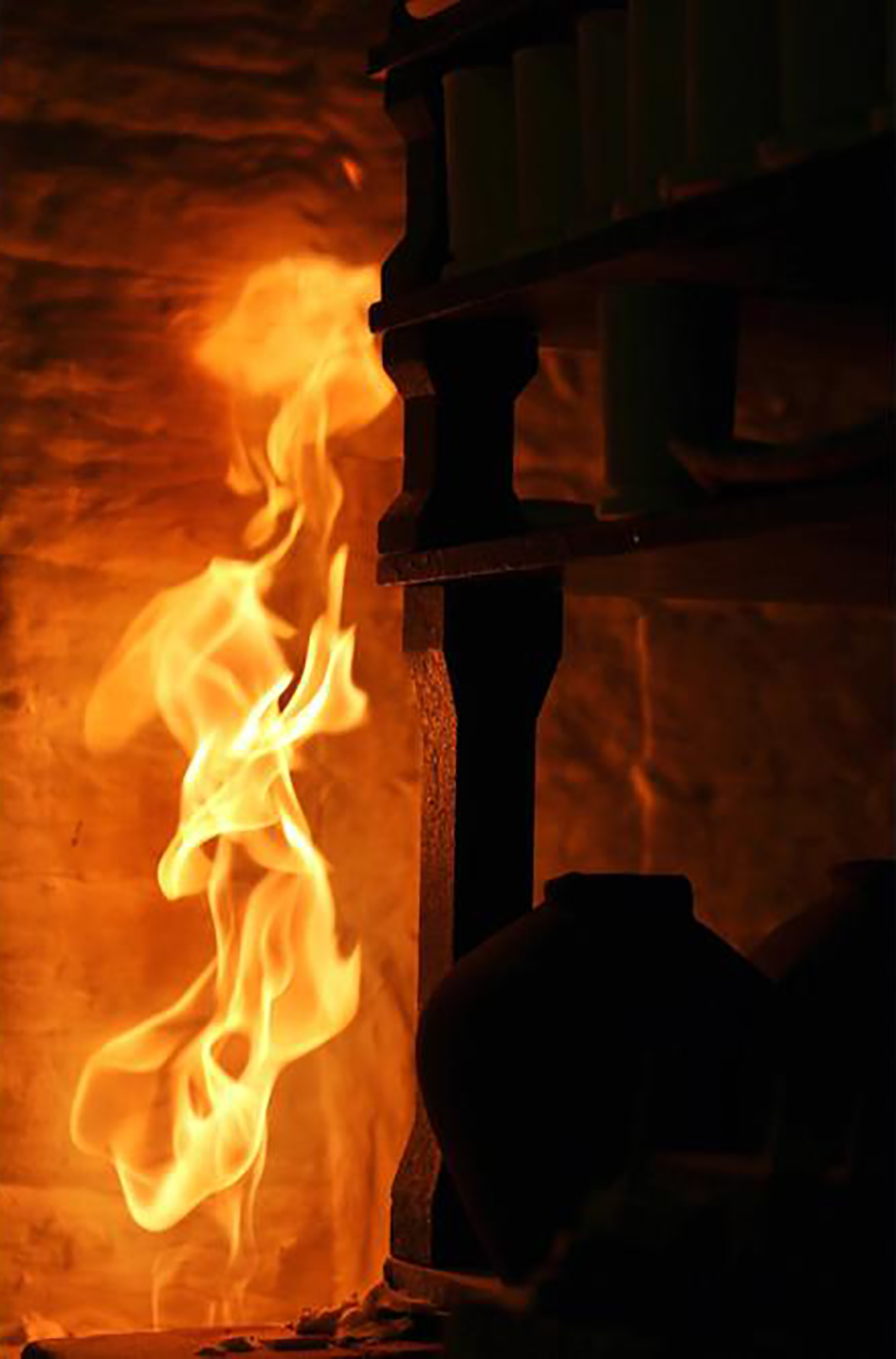
The moment of unloading the kiln brings a mix of joy and disappointment, forming a vivid metaphor for life. Perfect, flawless pieces are certainly admirable, but those with kiln-transformed marks, irregular color patches and cracks, often possess a unique soul. This echoes the ancient wisdom that "jade is not a vessel unless it is carved." True growth is not about avoiding all risks, but about learning to embrace imperfections after experiencing trials. As fingers glide over the texture of the glaze, one can feel the marks left by time, precious and irreplaceable.
The significance of pottery extends far beyond creating objects; it lies in the way it polishes the soul during the creative process. In an era dominated by digital technology and efficiency, when our thoughts are accustomed to rapid switching and instant feedback, clay reminds us that truly important things need time to grow and evolve. Just like the clay body waiting for the kiln to be opened, our thoughts need moments of concentration and reflection to reveal a clearer sense of self.
Perhaps everyone who has touched clay understands that the clay marks left on the fingertips are gentle traces of thought in the world. When we learn to treat life like clay, shaping it with care while showing reverence and pursuing perfection while accepting imperfections, we find the best way to reconcile with the world. This is the most precious gift pottery offers: the ability to see ourselves and the universe in the small space of clay.